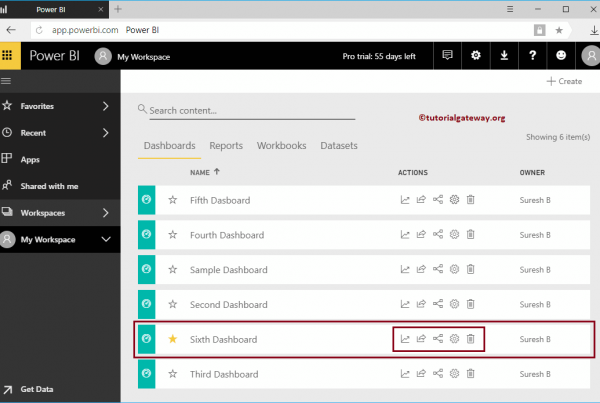The usability testing They are procedures with which the usability of a website can be tested. Using empirical methods, a usability test offers possibilities to make the most of the user experience. The result of such a test can lead to changes in the design or the wording of the website, which should lead to an increase in conversions. This is the case, in particular, of electronic commerce. Usability testing can also be an aspect of agile software development.
Background
How can I improve my website or software, or develop the interface so that both the user and I have the best result? Many methods can be used to answer this question. Analytical processes attempt to solve this problem theoretically, in the sense that the user is categorized as a certain "type of user." Apart from this, empirical processes work on the established factual basis.
With usability testing, methods are developed that provide a clear factual situation. The implementation of tests has the advantage that (especially web analytics) can be put into practice online. This benefits the customer in terms of cost, especially compared to more traditional methods, since testing can largely be performed on their own websites.
Types and methods
Usability testing can be used for many different areas and methods. The possible objectives of the tests are:
- Checking the daily usability of the software in the development stage (for example, through paper prototypes)
- Analysis of scenarios defined within the framework of a purchase (for example, in an online store or to boost conversion rates)
- Analysis of a website to clarify phenomena such as a high bounce rate or a low retention time.
The following methods are used:
- On-site surveys
- A / B testing
- Eye Tracking
- Think aloud tests
- Color blind test
- Heuristic evaluation
- System Usability Scale
Depending on the type of test, participants can be actively asked to take part, and they can be given additional guidelines to go over a scenario more precisely. However, it is also feasible to implement usability tests without explicitly informing the user, for example through the A / B versions of a website. For this case, only the database is the one that decides. The tests can also be implemented under laboratory conditions to achieve the most neutral results. These tests are usually done in a usability lab.
For online usability tests, website analysis tools such as Google Analytics or other digital analytics programs can be used. An alternative method of testing the usability of a product is the cognitive journey.
Importance for SEO
With the help of Usability Testing, SEOs can empirically convey how your website visitors behave (be it your entire web portal or just one page), or what your user experience is. Hence, click or bounce rate issues in the ordering procedure can be discovered and resolved. The advantage of usability tests is that they generally use empirical methods, so the results are documented in a clear way. clear and understandable. While the Webmaster's changes to the page layout are carried out by instinct, usability testing creates clear results that can be used for SEO or store optimization. Usability testing is an important aspect of sustainable search engine optimization or conversion optimization, because Google measures the amount of time a user spends on a page after clicking on the result in the SERPs, and allows this procedure to influence the ranking of a keyword.





